Editorial: With the announcement of the formation of a constitutional bench on the basis of seniority by Chief Justice Cholendra Shamsher Rana, it was believed that the ongoing bar-bench tension on the issue of dissolution of the House of Representatives had ended. But the statement from the Chief Justice soon added to the confusion. Like the machinations in the political leadership, has it also started in the judicial leadership? That would be the most unfortunate situation in history.
Though the case against the dissolution of the House of Representatives started hearing on Friday, it became a topic of public debate after the writ petitioners questioned the impartiality of the Constitutional Court due to the conflict of interest between Justices Bamkumar Shrestha and Tej Bahadur KC.
An open or public comment on a judge’s impartiality may hurt the court’s reputation and public confidence. It undermines the constitutional freedom of justice, that is, the belief that judges are fair.
Therefore, we have an established precedent and tradition of separating the judge himself in case of conflict of interest. However, the two judges, Karki and KC, remained in the courtroom to answer the question. In this sense, the decision of the Chief Justice Rana addressed not only the continuation of the proceedings of the bench but also the precedent and judicial tradition raised by the legal practitioners of the petitioner side.
However, shortly after the Bar -Bench’s agreement, the announcement of the separation of the two most senior judges from the bench and the stand of the two disputed judges not to leave the bench took a serious turn. In any case, the Supreme Court itself is now in the public eye. Is the judicial leadership really ready to uphold the rule of law?
This is not the first case of dissolution of the House of Representatives in the context of Nepal. This is the sixth time that the parliament has been dissolved since 2051 BS. However, there has been no public information about the dispute over the formation of the bench four times before. The then Chief Justice Vishwanath Upadhyaya had set a precedent and tradition in our own judicial system in 2051 BS and 2052 BS when he constituted a special bench comprising 11/11 judges of the Supreme Court on the basis of seniority to hear the first and second cases of dissolution of the House of Representatives.
In administering justice, one side wins and the other loses. If the discretion is reached in the composition of the bench, the universality of the decision made by the session will increase. Therefore, the constitution envisages that the judiciary will be not only independent but also fair and competent.
However, the controversy over the formation of the bench on the issue of dissolution of the House of Representatives is also an opportunity for Chief Justice Rana. Therefore, Rana has given a statement to amend the Constitutional Session Rules 2072 from the full meeting of the Supreme Court and submit it to the Judicial Council to make a permanent arrangement to form a bench on the basis of seniority within a week. If such an arrangement is made, there will be no tension between the two wheels of the same chariot in the coming days.
At the same time, it will be marked in Nepal’s judicial history as an attempt to establish a position for judicial impartiality. In the current situation where all organs of the state are going through constant instability, only an independent and competent judiciary with judicial impartiality can save the rule of law and democracy. The judicial leadership, standing on the fence of the public eye, must protect its legitimacy. For that, there is no alternative to following the established norms and traditions.


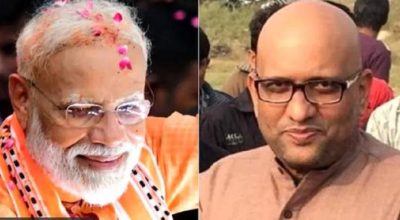
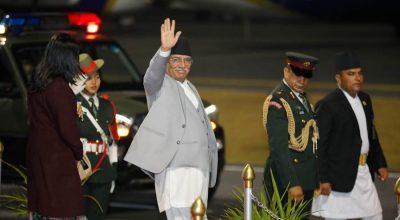
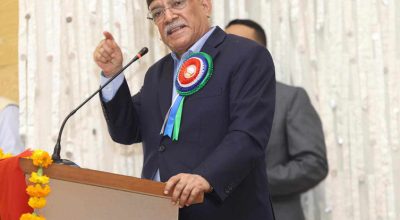
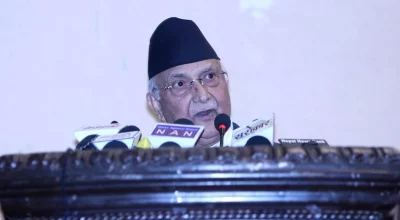
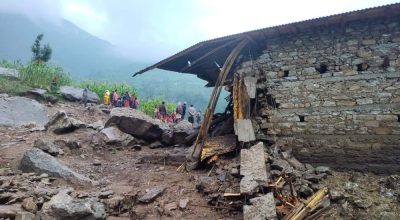
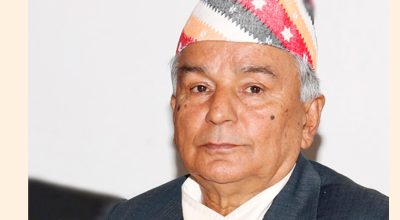
प्रतिक्रिया दिनुहोस्